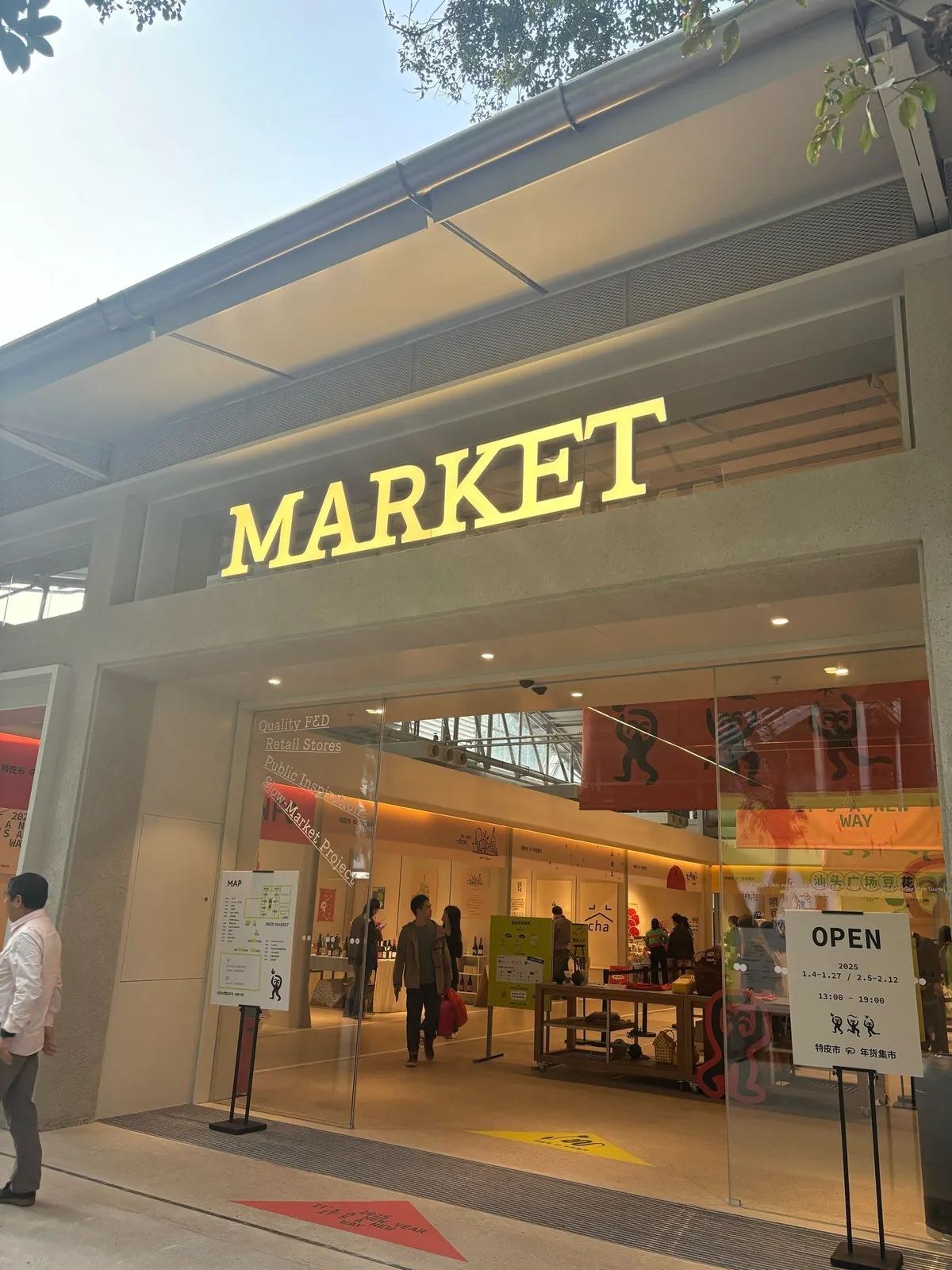========================================
Understanding market microstructure is crucial for retail traders aiming to optimize their trading strategies, minimize transaction costs, and make informed decisions in today’s highly competitive financial markets. Market microstructure refers to the mechanisms and processes that facilitate the exchange of financial assets, as well as how various elements of market behavior—such as liquidity, order flow, and pricing—affect the performance of trades. This article provides a comprehensive guide on market microstructure for retail traders, its importance, and practical strategies for leveraging microstructure insights to improve trading outcomes.
What is Market Microstructure?
Market microstructure is the study of the processes, structures, and participants that facilitate the trading of financial assets. It primarily focuses on how market participants interact with each other and the underlying systems to execute trades. Key elements of market microstructure include:
- Order types: How market participants place and execute orders (e.g., market orders, limit orders, stop-loss orders).
- Liquidity: The ability to buy or sell assets without causing significant price fluctuations.
- Bid-ask spread: The difference between the buying and selling price of an asset.
- Market makers and takers: The roles of participants in providing liquidity and executing trades.
- Price formation: How prices are determined in the market, including the role of supply and demand.
By understanding market microstructure, retail traders can gain a deeper insight into how trades are executed and how different factors can impact their profitability.

Why is Market Microstructure Important for Retail Traders?
Market microstructure is crucial for retail traders for several reasons:
1. Understanding Market Dynamics
Retail traders benefit from understanding market dynamics because it helps them anticipate price movements, identify opportunities, and mitigate risks. By grasping how liquidity and order flow affect pricing, traders can make more informed decisions regarding trade execution.
2. Reducing Transaction Costs
Transaction costs, including slippage, spreads, and commissions, can significantly erode profits. By understanding the intricacies of market microstructure, retail traders can minimize these costs by using appropriate order types, choosing optimal execution venues, and trading during periods of high liquidity.
3. Improved Order Execution
The effectiveness of order execution is heavily influenced by market microstructure. Traders who are aware of the optimal times and methods for placing orders—whether market orders or limit orders—can execute trades more efficiently, avoiding price slippage and minimizing impact costs.
4. Better Market Timing
Understanding market microstructure allows traders to improve their market timing by analyzing how various factors, such as liquidity and volatility, influence market behavior. This knowledge enables better predictions of price movements and more accurate entry and exit points.
How Does Market Microstructure Impact Trading?
Market microstructure influences trading strategies in various ways, including determining how well orders are executed, the costs associated with trading, and the overall effectiveness of a trading plan.
1. Order Flow and Liquidity
Market microstructure can impact the flow of orders in the market, which in turn affects liquidity. Liquidity is a key factor that determines the ease with which traders can buy or sell an asset. High liquidity reduces the risk of slippage and minimizes the difference between the bid and ask prices. Traders should focus on trading assets or exchanges with sufficient liquidity to execute their trades efficiently.
2. Bid-Ask Spread and Slippage
The bid-ask spread is a fundamental aspect of market microstructure. It represents the difference between the highest price a buyer is willing to pay (the bid) and the lowest price a seller is willing to accept (the ask). A wider spread indicates lower liquidity, which increases transaction costs and the potential for slippage. Retail traders can optimize their trades by choosing assets with narrower bid-ask spreads and trading during periods of higher market activity to reduce slippage.
3. Impact of Market Makers
Market makers play a key role in market microstructure by providing liquidity and ensuring that there is always a buyer and seller for an asset. In highly liquid markets, market makers reduce price volatility by absorbing orders and creating stability. Retail traders can benefit from understanding how market makers influence the market, as this knowledge can help in identifying the most favorable times to enter or exit trades.

Strategies for Leveraging Market Microstructure
1. Choosing the Right Order Type
Retail traders can use different order types to minimize transaction costs and enhance trade execution. Some common order types include:
- Market Orders: These are executed immediately at the current market price. While market orders guarantee execution, they may result in slippage, especially in illiquid markets.
- Limit Orders: These orders specify the price at which a trader is willing to buy or sell an asset. Limit orders ensure price control but may not be executed if the price is not reached.
- Stop-Loss Orders: These orders are used to automatically sell an asset when its price falls to a certain level. They are useful for managing risk and limiting losses but can also result in slippage during volatile market conditions.
Understanding when and how to use these orders is a key component of managing market microstructure effectively.
2. Trading During High Liquidity Periods
Liquidity varies throughout the trading day, with higher liquidity typically seen during market open and close times or during major economic announcements. Trading during these periods can help reduce the bid-ask spread and minimize slippage. Retail traders should aim to execute trades when market liquidity is at its highest to optimize order execution.
3. Monitoring Market Depth
Market depth refers to the number of buy and sell orders at various price levels in the order book. A deeper market indicates higher liquidity, reducing the likelihood of price manipulation and slippage. Retail traders can use market depth tools to assess liquidity and decide on the best times and prices for executing trades.
4. Using Limit Orders to Control Price
Limit orders give traders the ability to control the price at which they buy or sell an asset. By placing limit orders at specific price levels, retail traders can avoid the potential costs associated with market orders, such as slippage and unfavorable execution. Limit orders are especially useful in low-liquidity environments or when attempting to enter or exit positions at precise price points.
FAQ
1. What is market microstructure, and why should retail traders care about it?
Market microstructure refers to the processes and systems involved in executing trades in the financial markets, including factors like order flow, liquidity, and bid-ask spreads. For retail traders, understanding market microstructure is essential for minimizing transaction costs, improving order execution, and enhancing overall trading strategies.
2. How does liquidity affect trading strategies?
Liquidity is a critical factor in determining how easily an asset can be bought or sold without affecting its price. High liquidity reduces transaction costs and minimizes slippage, making it easier for retail traders to execute trades at the desired price. Understanding liquidity dynamics can help traders select the best assets to trade and choose optimal execution times.
3. What role do market makers play in market microstructure?
Market makers provide liquidity by continuously offering to buy and sell assets at specified prices. Their presence helps ensure that there is always a buyer or seller in the market, which can reduce price volatility and improve market stability. Retail traders can benefit from understanding how market makers influence pricing, as this can help them time their trades more effectively.
If you found this article useful, feel free to share it with your trading community or leave a comment with any additional questions or insights you have about market microstructure for retail traders.

0 Comments
Leave a Comment